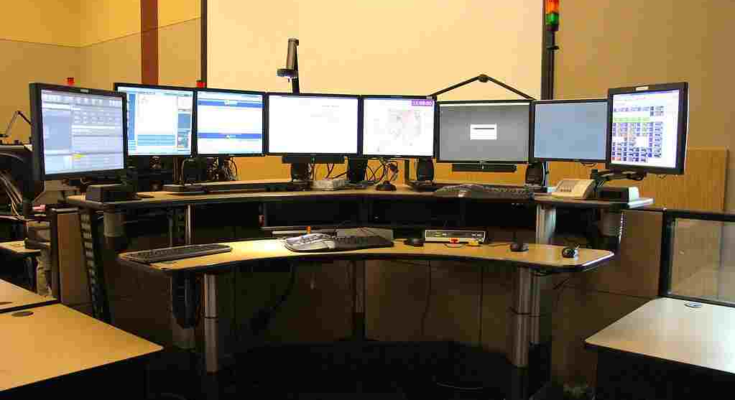A quick and efficient response is crucial to saving lives and protecting public safety. The Computer Aided Dispatch industry (CAD Industry) has emerged as a key player in this realm, revolutionizing the way emergency services organizations manage and coordinate their operations. In this blog post, we will explore the significance of the CAD industry and how it has evolved to streamline emergency response.
Basics of Computer Aided Dispatch
Computer Aided Dispatch systems are software solutions designed to assist dispatchers in emergency response operations. These systems provide a centralized platform for receiving and managing emergency calls, dispatching resources, and tracking incidents in real-time. By automating and optimizing these processes, CAD systems significantly enhance the efficiency and effectiveness of emergency response.
The Evolution of CAD
In the early days of emergency response operations, dispatchers relied on manual, paper-based methods to coordinate and manage emergency incidents. Handwritten notes, maps, and phone calls were the primary tools used to gather information, prioritize calls, and dispatch resources. However, as technology advanced, the need for more efficient and accurate emergency response systems became evident, leading to the evolution of Computer Aided Dispatch (CAD).
With the advent of computers and software solutions specifically designed for emergency response operations, dispatchers gained access to powerful tools that streamlined their workflows and improved overall efficiency.
Digital CAD systems brought several key advancements to the table. One of the most notable was the ability to receive and manage emergency calls in a centralized, computerized platform. Instead of relying solely on phone calls, dispatchers could now enter call details directly into the CAD system, ensuring that no critical information was missed or misinterpreted.
Another significant improvement was the integration of Geographic Information Systems (GIS) into CAD systems. GIS technology allowed for the visualization of incidents on digital maps, providing dispatchers with a clear understanding of the incident location and its surrounding areas.
the evolution of CAD systems shows no signs of slowing down. The integration of advanced technologies, such as Artificial Intelligence (AI) and predictive analytics, holds the promise of further enhancing emergency response operations. AI-powered algorithms can analyze incoming incident data, automatically prioritize calls, and suggest the most appropriate resources for dispatch. Predictive analytics can help agencies proactively allocate resources based on historical data, anticipated demand, and other factors.
Key Features and Benefits of CAD Systems
Modern CAD systems offer a wide range of features and benefits that drive operational efficiency and improve situational awareness. Some key features include:
Call Management: CAD systems streamline the process of receiving and prioritizing emergency calls, ensuring that the right resources are dispatched promptly.
Resource Tracking: Computer Aided Dispatch systems provide real-time tracking of emergency units, enabling dispatchers to monitor their locations, availability, and status.
Mapping and Routing: GIS integration allows CAD systems to visualize incidents on maps, optimize routing, and provide turn-by-turn directions to responders.
Data Integration: These systems integrate with other public safety systems, such as records management and mobile data terminals, to facilitate seamless information sharing.
Reporting and Analysis: They generate comprehensive reports and analytics, enabling agencies to evaluate performance, identify trends, and make data-driven decisions.
The Future of CAD: Advancements and Challenges
The CAD industry continues to evolve, keeping pace with technological advancements and emerging trends. Future developments may include the integration of Artificial Intelligence (AI) for automated incident analysis, predictive analytics for proactive resource allocation, and enhanced interoperability between CAD systems and Internet of Things (IoT) devices. However, challenges such as data security, interoperability, and system scalability must be addressed to ensure the seamless functioning of CAD systems.
According to Fact.MR, the Computer Aided Dispatch Industry expects revenues worth over US$ 5.95 Billion, expanding at a CAGR of 11.2%. The detailed industry analysis covers various important aspects, such as factors driving the demand for Computer Aided Dispatch Software, Region-wise and category-wise Insights. (Get a sample copy of the report)
Conclusion
The Computer Aided Dispatch industry has played a pivotal role in transforming emergency response operations. By automating and streamlining critical processes, CAD systems have significantly improved the efficiency, accuracy, and effectiveness of emergency services organizations. As technology continues to advance, the CAD industry will continue to evolve, empowering emergency responders to save more lives and protect communities with greater speed and precision.




